Glacier FarmMedia – My first, involuntary, reaction is to wince when I am asked to take newcomers out fishing.
It comes from knowing that if I don’t understand the interests and capabilities of my guests, everyone will probably wish that they had made other plans. My advice is drawn from a well of past mistakes.
Avoiding the biggest mistakes
Read Also

Saskatchewan amends farm land ownership regulations
The Canada Pension Plan Investment Board can no longer own Saskatchewan farmland.
A recent fail still draws chuckles at family gatherings. It was the time that I took my dear wife catfishing.
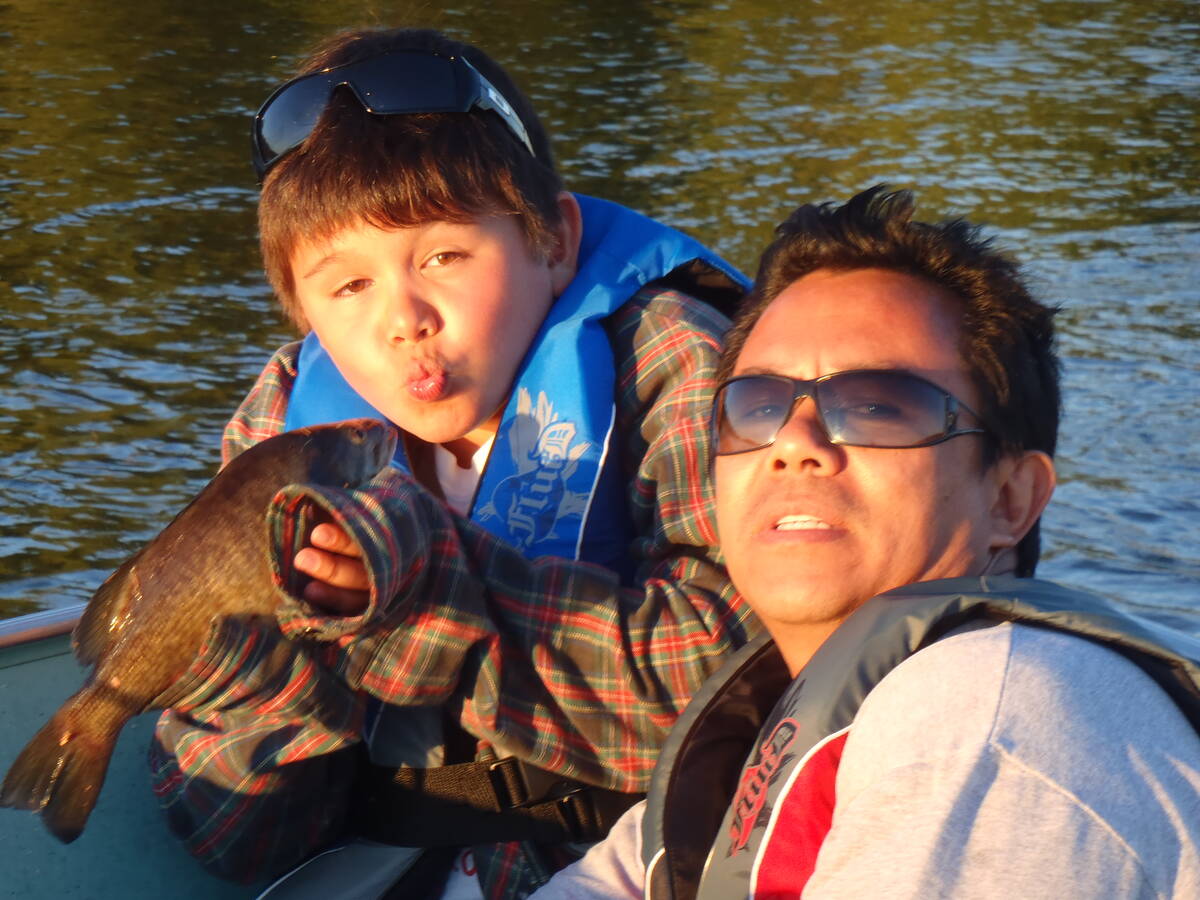
I don’t know what I was thinking, but I convinced myself that Linda needed the thrill of catching a big catfish. She’ll come fishing with me occasionally, but she politely said “No” to this one a couple of times. That should have ended it, but for reasons known only to my subconscious, I persisted, and she relented.
If fishing fun can be measured by pounds of fish, it was a great morning. That said, I posted a picture of Linda holding up a master angler sized cat and my oldest daughter responded, “I can’t tell who’s having more fun: Mom or the fish!”
The whole catfishing thing on the Red River just wasn’t her cup of tea, and a great trip, by fish-catching measures, didn’t change that.
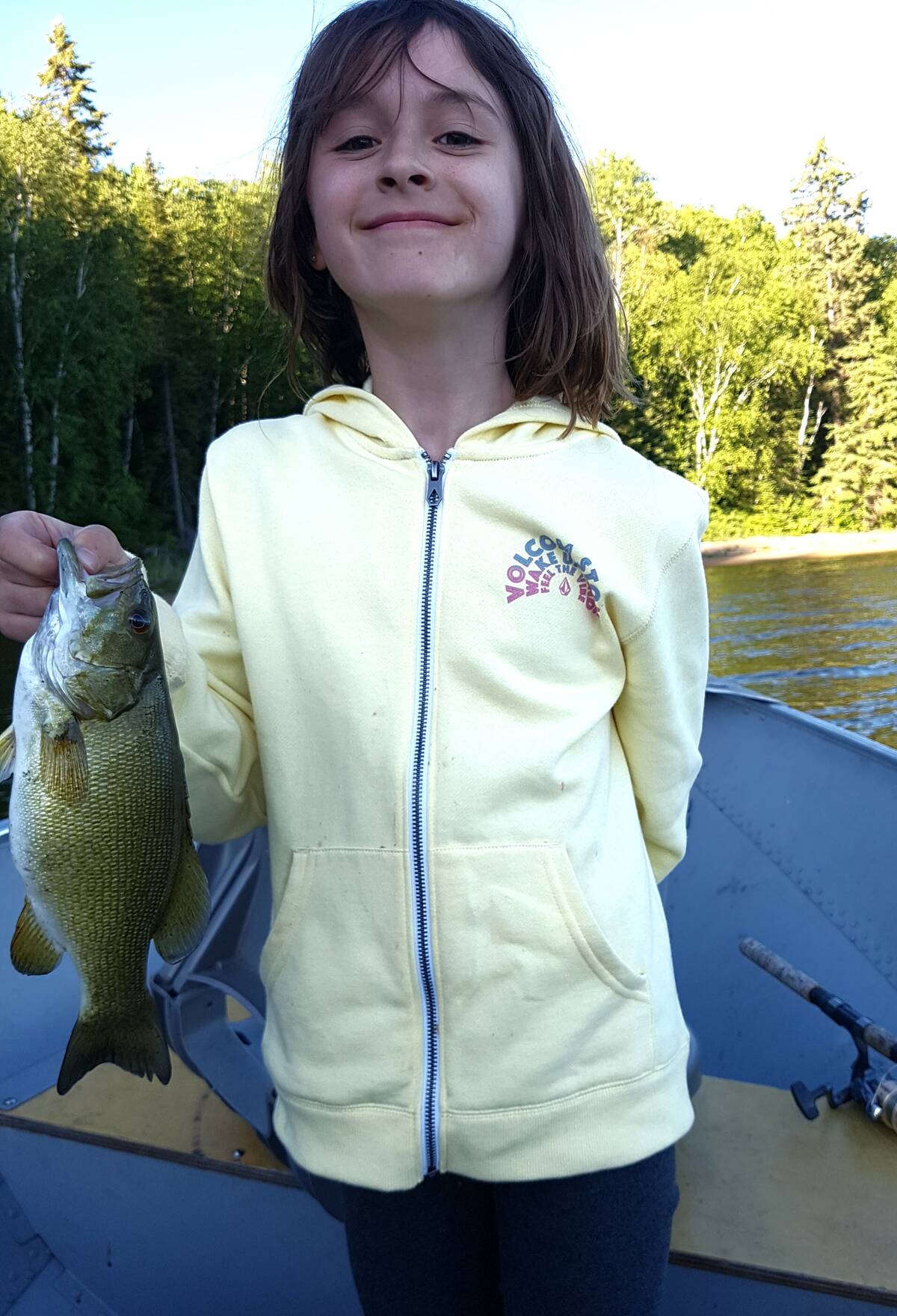
Looking back on my successes and failures, here are six considerations for mentors:
- Don’t take someone out who isn’t interested
- Stick to places where fish can be caught in numbers
- Use techniques that beginners can quickly learn and will enjoy
- Have interesting distractions at hand, for the times when the fish aren’t biting
- Focus on the beginner’s interests and capabilities, not your fishing priorities
- Know when to end the trip
The indifferent beginner
Keen anglers are often compelled to share their angling passion with loved ones. When these thoughts, rife with good intentions, come to mind, their gazes may land on spouses, children, nieces, nephews or grandchildren. But are they really interested?
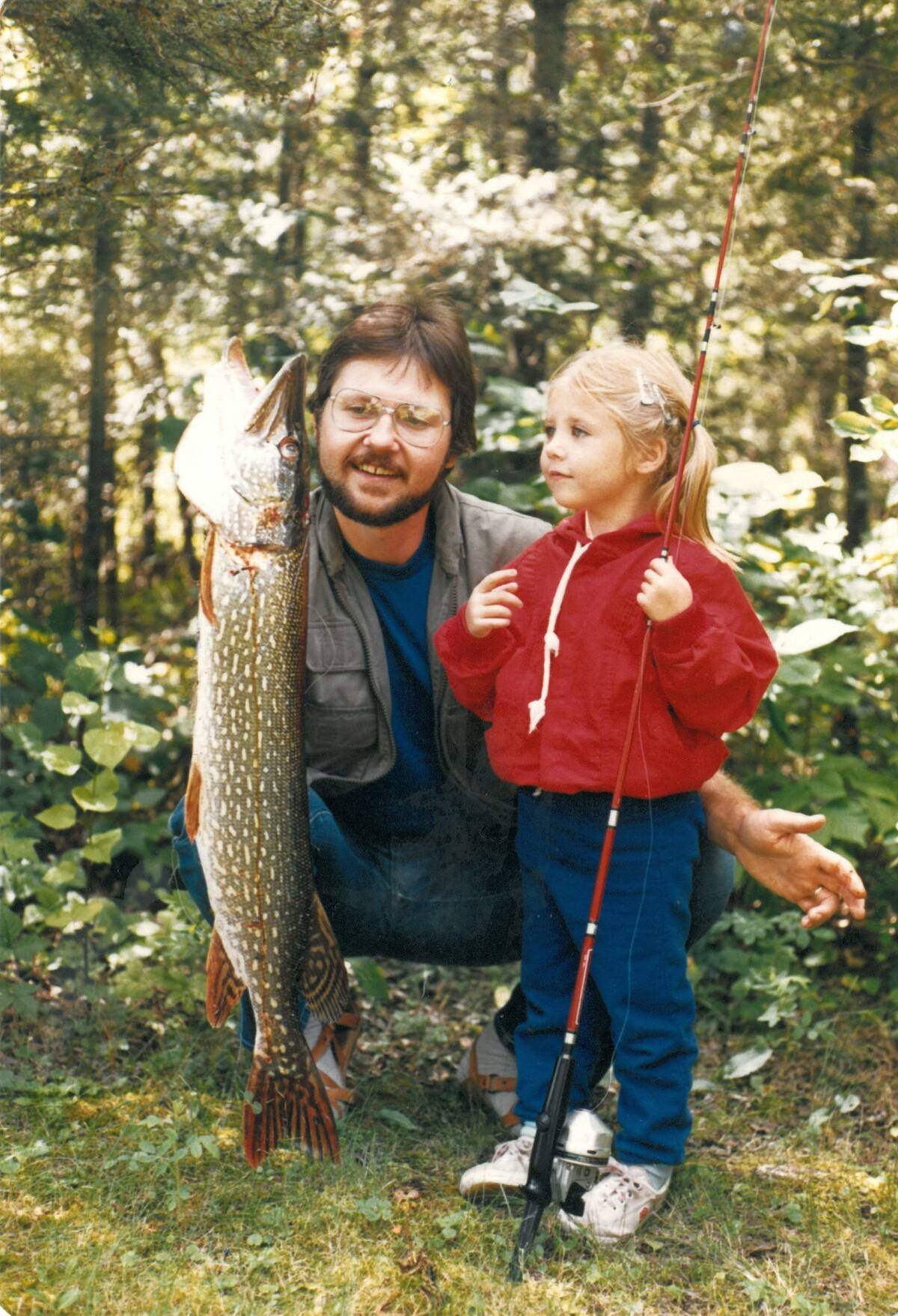
Indifferent beginners are not necessarily a lost cause. A good approach is to make fishing a part of other activities they enjoy, like a picnic or some other social event. At the family cottage I often have a line in the water when non-fishing folks are hanging around the dock. When a fish gets on the line, I pass the rod over so they can reel it in. If it’s a keeper, they are welcome to watch me clean it, and we make a point of having fish for dinner. If this stealth approach gets some interest, an actual fishing trip might be in the cards down the road.
I especially recommend the stealth approach with youngsters. Some kids were born to fish. I was like that, and two of my three children are cut from similar cloth. My middle child has only started to show interest recently. I could only get her to come fishing as a youngster if we went alone – one on one time with Dad was a draw – and if she could bring her Barbie dolls. When she got bored, she happily played with her Barbies and, as far as she was concerned, she was out fishing. If I got a fish on, the Barbies were quickly set aside, and she got to reel it in.
Fishing objectives
Without really thinking about it, some mentors assume that beginners should fish the way they do. If jigging for walleyes is their thing, then, by golly, that’s what the newbies will do. It only gets worse if the mentor thinks that the objective should also be to target big fish.
It’s easy to forget that most of a fishing trip is spent waiting for something to happen. We take it in stride but, when fish stories are told, beginners hear the fun parts, not the long, boring gaps in between.
My friend, Lorne, loves to say, “The best fish to fish for are the fish that are biting,” and that’s key for beginners. Set aside thoughts about species and size, and target the fish that will give you the most action.
Easy fishing techniques
Use techniques that beginners can easily master and that they find interesting. I often default to using bobbers because you can hang bait at the right depth and there is a visual signal when a fish hits. With minnows or worms as bait, bobbers will do the job for just about anything that swims.
Fish often hang around docks, so that can be a good place to try. If you have a boat, focus on “fishy” spots, like reefs that you know hold decent numbers of fish, or maybe go to a lake known to hold lots of fish, even if they’re small.
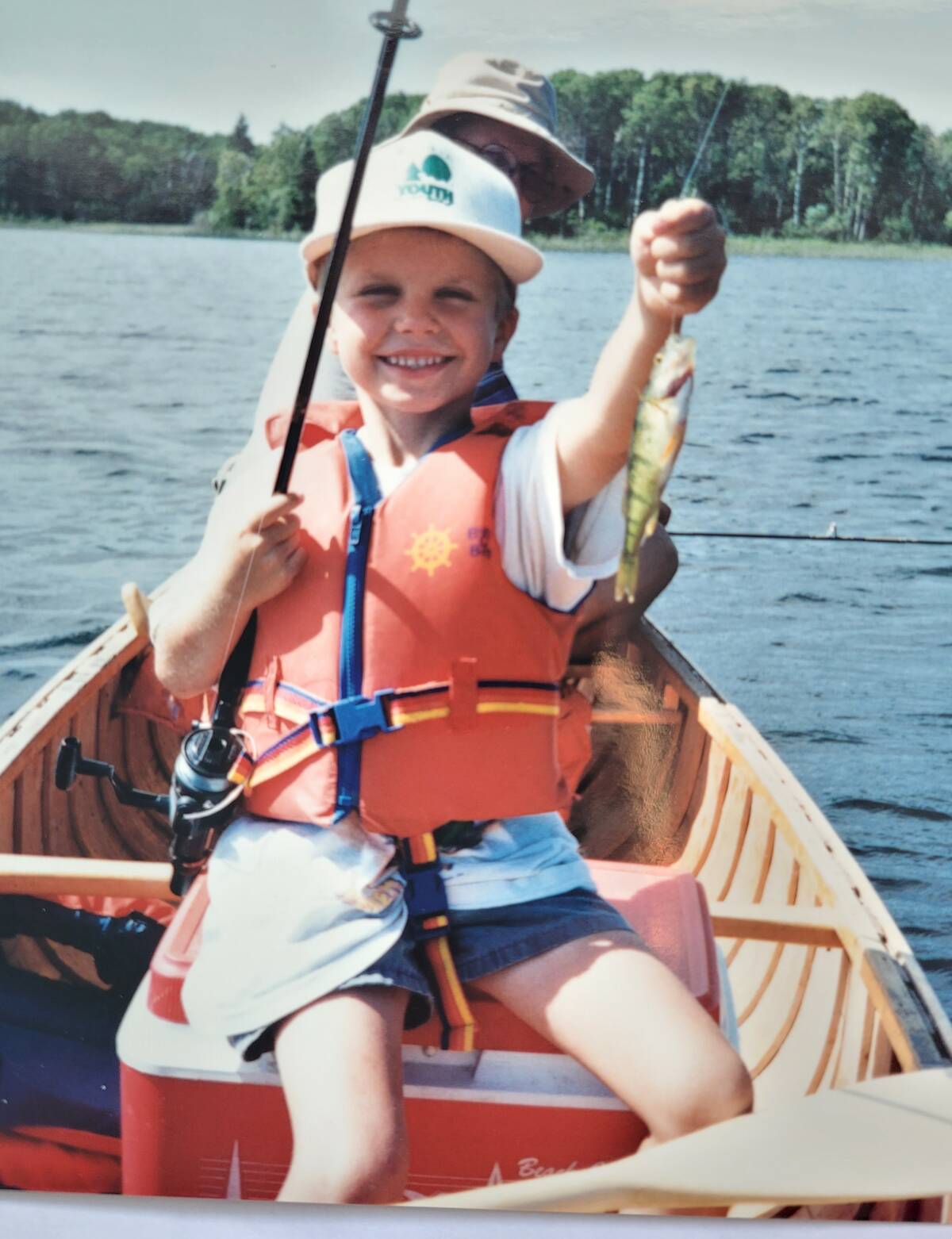
When my kids were little, much of our fishing time was spent in a weedy inlet with an abundance of perch. With bobbers set to dangle a bit of worm off the bottom, we anchored beside some lily pads and dropped our lines beside the boat. A bobber dancing on the surface is exciting, regardless of the size of the fish pulling it down. And if the kids are distracted, shouting out, “Your bobber’s down!” gets a swift response.
The perch in our area were not large, but my kids never tired of it. In time, they grew interested in more challenging quarry, but they still love bobbers and perch.
Trolling is another simple approach if you have a boat. Cast out an appropriate amount of line, hand over the rod, and make sure you’re trolling over decent spots. I do my best to avoid weedy or snaggy spots, just to make things as simple as possible, and I try to keep an eye on everyone’s line, in case they have weeds or a tangle.
When you troll, there’s the added benefit of changing scenery, which helps to pass the time between fish.
If your beginners are dying to cast a line, the first lessons should occur on shore, where there is good footing and plenty of room. They should be reasonably proficient and aware of the safety considerations before being let loose in a boat.
Fishing from shore
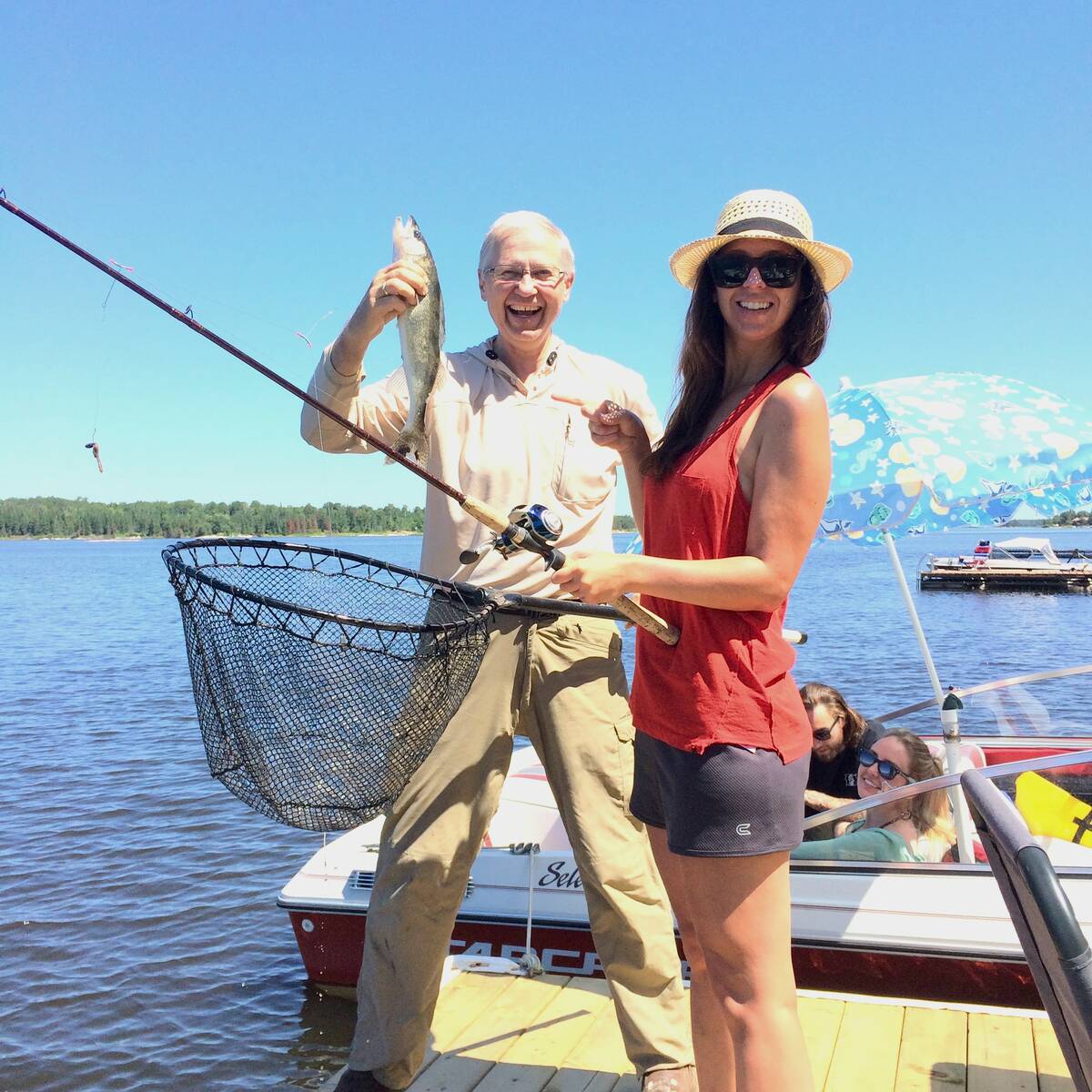
Shore fishing gives you fewer fishing options, but you have more ways to keep a beginner’s attention. The most effective gear for beginners is usually a pickerel rig or a lindy rig, unless the situation is compatible with bobbers. Here, everyone can watch for a bite on a stationary rod.
Folks who get antsy sitting around can explore their surroundings, throw a frisbee or play catch. I always had long-handled, critter-dipping nets and small buckets on hand for my kids, and they could spend hours catching and inspecting the creepy crawlies along the shore. The mentor needs to watch both the kids and the rods, and be ready to call out who’s up next to land a fish.
With these kinds of distractions, a nice mix of snacks and perhaps even a campfire, a memorable trip is there for the taking, even if the fish-catching is not up to snuff. Nowadays, smart phones are a consideration, but I avoid having them around, if possible. If you want them to enjoy the outdoors and socialize, phones work against those objectives.
Gear considerations
Do your beginners a favour by securing decent gear for them. It doesn’t have to be expensive, but it should be reasonably functional. Take a pass on cutesy outfits, often sold in bright colours that manufacturers assume kids will like. The novelty of a rod in pretty colours wears thin if it doesn’t cast well, its line is too light or if the reel fails when trying to land a fish.
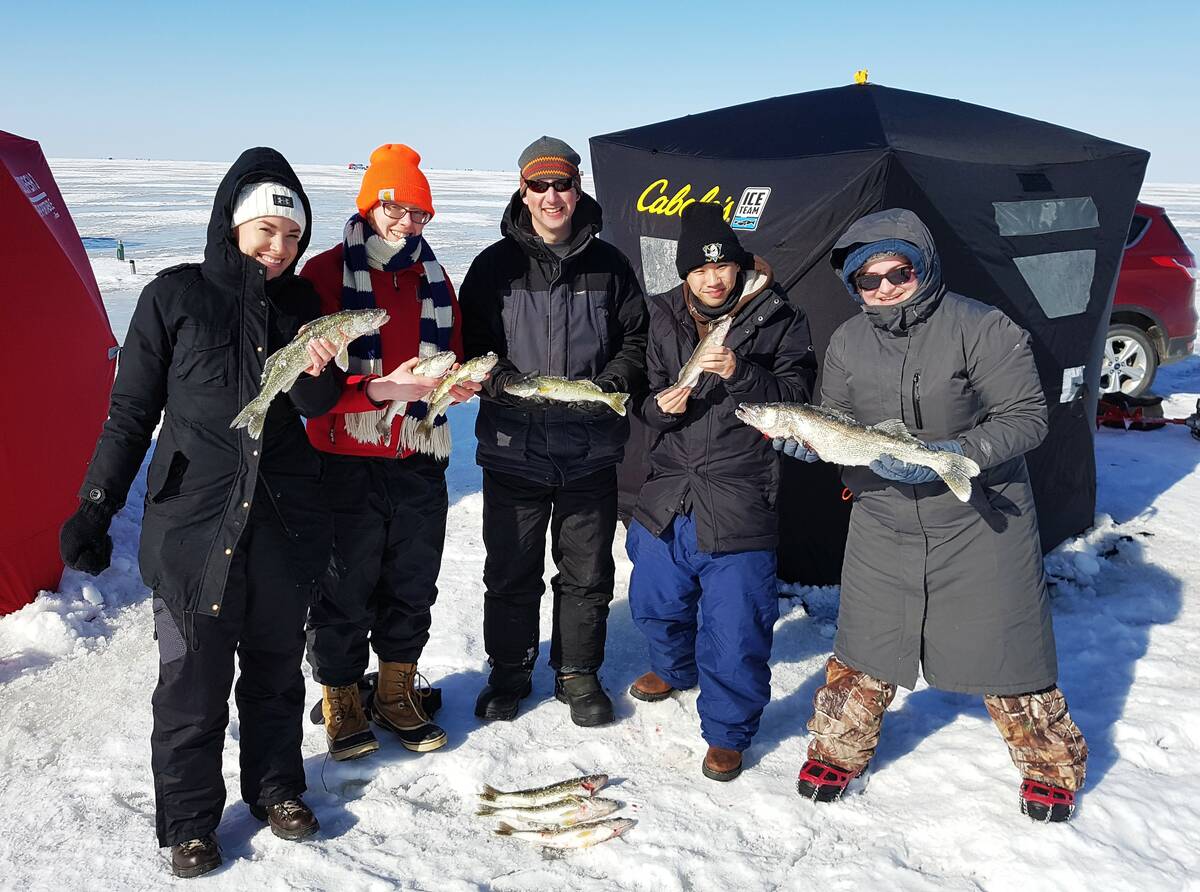
Spin-casting outfits (“push-button” style reels) are the easiest to learn. Open-faced, or spinning reels are more functional, but they take a bit more time to master. Bait-casting reels are at the bottom of my list for beginners, unless I’m using them as a stationary rig with bait or for trolling.
My fishing rod usually stays in its case when I am mentoring. If I am fishing, it’s with the idea that the rod gets passed to a guest when a fish hits. Adults sometimes reject this offer, but kids will always accept and, back home, I hope they tell everyone about “their” fish.
When to call it a day
Perhaps most important consideration is knowing when your guest has stopped having fun. If your guest wishes to head home, it’s not the time to say, “We just have two fish to go for our limit!” and ask them to tough it out. They will, but you will degrade their experience as their boredom and discomfort grows. Like other keeners, I’ve made this mistake too many times.
Handling the catch
Processing and eating fish can be an important part of the experience. As kids, we followed Dad down to the fish-cleaning rock so we could see what the fish had been eating. These days, the biologist in me is compelled to add in a fish anatomy lesson. There are teeth and gills to be examined, along with the various organs and, of course, deciphering their last meal.
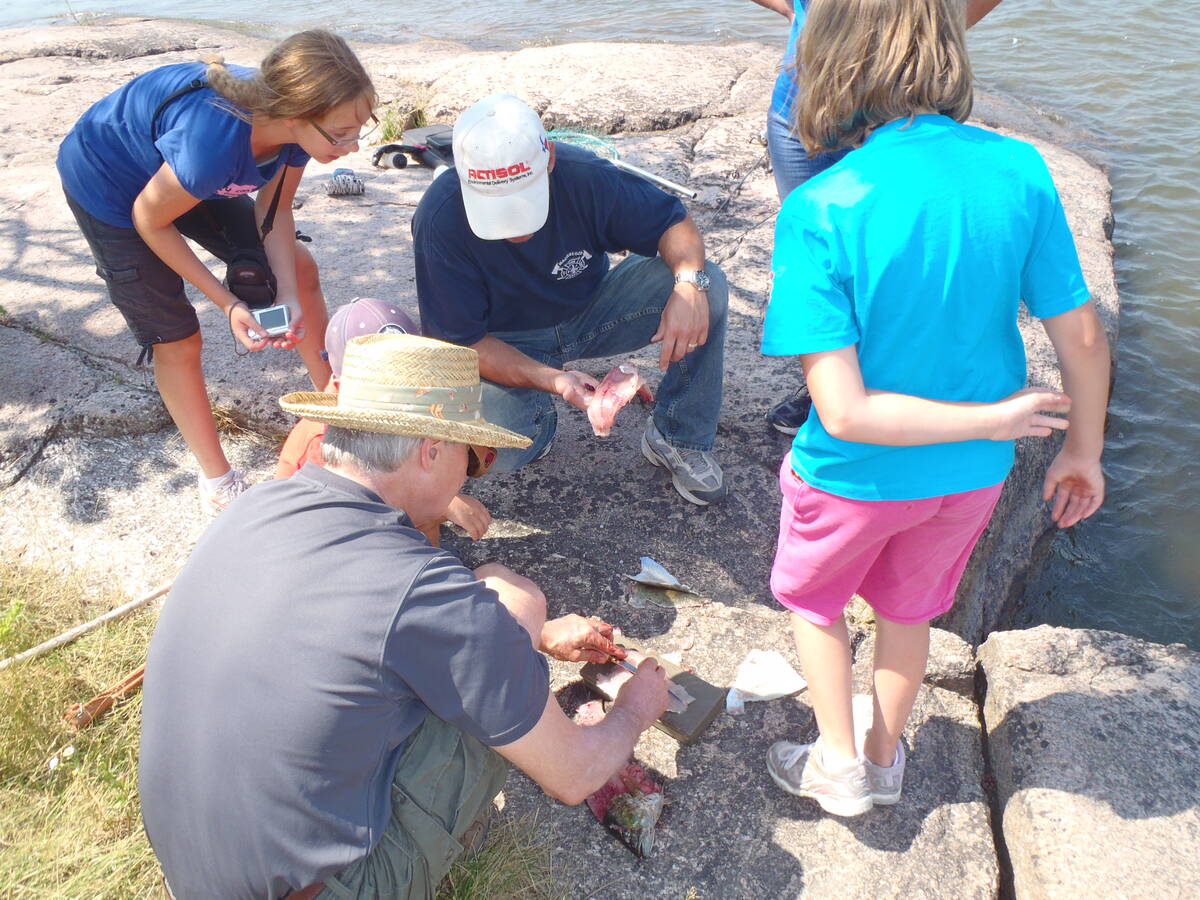
This is going to sound a little macabre, but the one that always attracts eyeballs is opening the sac surrounding the heart (located at the throat area). A fish’s simple, two-chambered heart will continue to beat for some time after it’s dead. If you dissect it out, it may still beat, slowly, when placed in someone’s hand. Every person I have shown this to is riveted by the sight.
After the processing and biology lessons, you have lovely fillets for supper. Kids feel a special pride when they can sit down for a meal and say, “I caught that!”
Putting it all together
I hosted a catfishing trip for fellow staff in our Winnipeg office a few years ago. Some had fishing experience, but a good number were beginners. We had access to a riverbank home below Lockport and I had received good reports about cats and drum. We added a nice barbecue supper on my friend’s deck to complete the evening.
We set rods out, agreed on an order that gave beginners first dibs on fighting a fish, put out the lawn chairs and settled back. The cats were co-operative that evening: everyone fought and landed at least one, and a few were master angler size. It was great fishing in a beautiful setting, complemented by a lovely meal and the companionship of colleagues. As one of the mentors, I’m pretty sure that I had the best time of all.
Tim Sopuck is the former head of the Manitoba Habitat Heritage Corporation, now known as the Manitoba Habitat Conservancy.

















